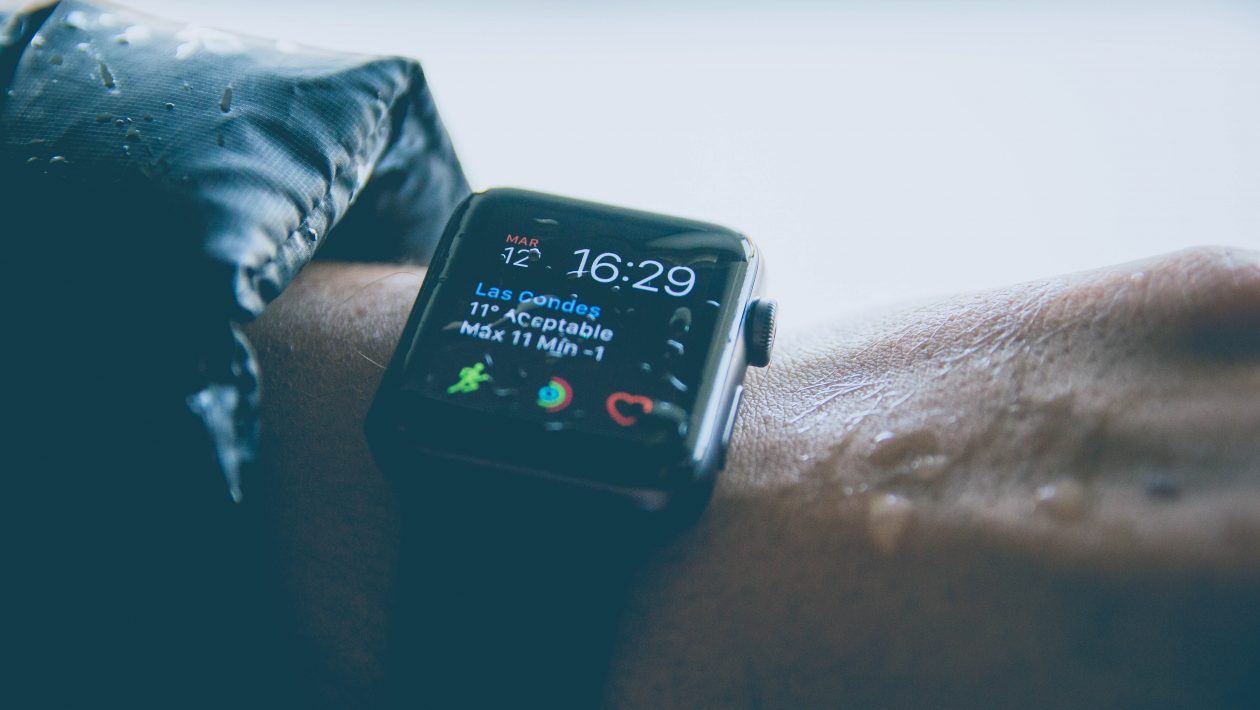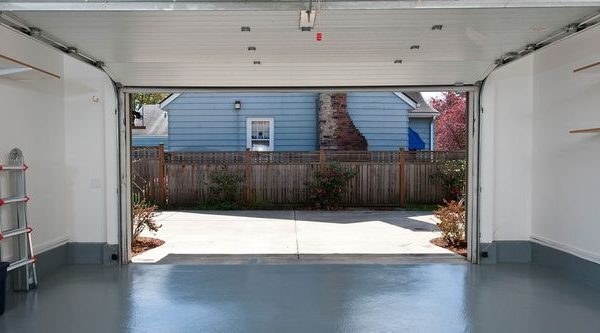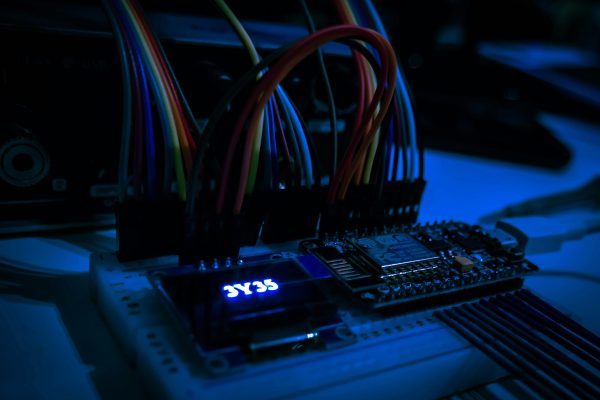Technology and health have always gone hand in hand, from developing medicines to the first transplants. Learn how tech is continuing to change healthcare.
As technology advances, it is no surprise that it affects the health care world. Technology and health have always gone hand in hand from pharmaceuticals to vaccines to machines. In this new century, you can expect to see even more technology in healthcare.
Keep reading to learn the top8 ways that tech is changing the healthcare.
- Artificial Intelligence
AI has been helping the healthcare world in many different ways including mining medical records, creating drugs faster, and designing treatment plans.
One of the most recent AI’s created was by Google’s DeepMind. The AI was created for spotting breast cancer. They found that this AI was able to outperform human radiologists on average by 11.5%.
DeepMind has developed other AI models to help with detecting neck cancer and identifying eye disease. Artificial Intelligence will continue to revolutionize the healthcare world.
- Rosalind
Scientists are able to study gene expressions thanks to the invention of ROSALIND from . This study gives valuable insights into the nature of diseases and the effects of treatments.
Scientists that work in drug discovery, oncology, regenerative medicine, and immunology are able to benefit from ROSALIND because there is no bioinformatics or programming required. Differential gene expressions can be analyzed and interpreted as long as the scientist has a basic background in biology.
- Nanotechnology
If you are not familiar with smart pills, this is a perfect example of nanotechnology at work. PillCam is already in use for colon exams in a noninvasive way. In late 2018, another electronic pill was created by MIT researchers. This pill can be controlled wirelessly to release drugs and it can also relay diagnostic information.
Smart patches are somewhere else that nanotechnology is being used. There was a patch that was released at CES 2020 by Grapheal that allows continuous monitoring of wounds and it has a graphene core that can stimulate wound healing.
- Robotics
Sometimes we hear the word robots and we are a bit intimidated but believe it or not, robotics is nothing new in the world of healthcare. There have been several robot companions to help alleviate loneliness, to help children with chronic illness, and to help treat mental health issues.
Some of these robots have touch sensors, microphones, and cameras to allow their owners to interact with them.
Ikki is a great example of a robot that is helping kids with chronic illnesses. This robot helps monitor medications, breathing rates, and temperatures. As a bonus, it also helps keep kids company with stories and music.
- 3D Printing
3D printing is enabling surgeons to practice on specific organs and it also allows them to prepare for procedures before performing the surgery on an actual person. Surgeons can also design tools that are specific to the surgery coming up and that patient’s anatomy to help them perform the best possible surgery.
The pharmaceutical industry is also benefitting from 3D printing technology. There have been several FDA-approved 3D printed drugs since 2015. 3D printing is also a cost-effective way to develop comfortable prosthetic limbs for patients. In the world of orthodontics and dentistry, 3D printing is also coming in handy.
- Augmented Reality
Sometimes virtual reality and augmented reality are used interchangeably, but they are different. With augmented reality, users do not lose touch with reality instead it puts information into the human eyesight as fast as possible. This is why AR is being used in the world of medicine.
Medical students have the ability to prepare better for real-life operations through the use of AR. Students at Case Western Reserve University are studying anatomy via the HoloAnatomy app. This is giving these students access to detailed and accurate human anatomy depictions without the need of using real bodies.
- NICU App
Babies that are born prematurely or with health problems are kept in the NICU until they are healthy enough to go home. Most of the time these babies are kept for a few weeks or months after the parent is released from the hospital. This is a scary time for any parent to have to go through, but thanks to apps like PreeMe+You, families are able to feel some type of comfort.
The goal of this app is to help parents feel a little better during this crisis and to be available in every single NICU across the entire world.
- Virtual Reality
VR is being used to help patients that are having painful and difficult procedures. It helps these patients feel less stressed and in turn, gives them a more pleasant experience during otherwise hard to handle procedures.
Nurses and doctors are also using virtual reality to gather new patient information, as well as using it to share treatment instructions when the patient returns home. PACS stands for Picture Archiving and Communication System, which is a technology used in the healthcare industry for the management and storage of medical images such as X-rays, CT scans, MRIs, and ultrasound images. PACS enables medical professionals to access and view medical images from any location with an internet connection, making it easier to diagnose and treat patients quickly. Novarad is a company that offers PACS solutions to healthcare providers. Their PACS system is designed to provide a cost-effective, efficient, and reliable solution for managing medical images.
Feeling Like a Technology and Health Pro?
Now that you know more about technology and health nowadays, you are probably more of a believer that we are living in revolutionary times for healthcare. The future of the health world is literally shaping up in front of your eyes with all of these advances in healthcare technologies.
Did you learn something new today? Please come back soon to always stay in the know.





